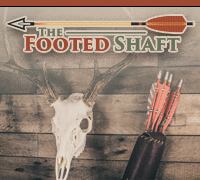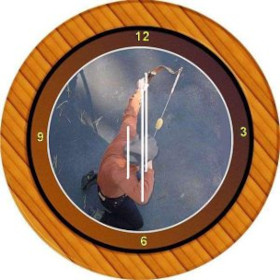Hi Mat,
The energy storage efficiency per pound of draw will always be maximized with a shorter riser & longer limbs (based on the data I've developed through the years). So, let's say you're choosing between a 13" riser & long limbs for a 58" bow versus a 15" riser & medium limbs for a similar 58" bow. The shorter riser & longer limbs will store more energy at 24", 26", 28", and 30" of draw (SE/PDF - Stored Energy per Pound of Draw Force is the way to describe energy storage efficiency) than the longer riser & shorter limbs, ceteris paribus (same BH, same design, etc). The longer set of limbs will be more efficient at storing energy at any practical draw length than the shorter limbs. And since the dynamic efficiency is the same (within accuracy measurement limits) then the bow with the longer limbs will give slightly better performance.
Picturing a Force/Draw curve in your mind quickly points out the reason. An XL limb that has a LONG hump/pre-load section on the F/D curve and doesn't begin to incrementally start to increase until you go beyond 32" AMO draw length essentially has only a pre-load F/D hump out to 26". A limb that's designed to start stacking at 27" ("optimized"?? for a 26" draw) has a F/D pre-load hump that ends at 22" or thereabouts. It stands to reason that the longer limb will store more energy per pound of draw.
Again, the difference is relatively small - perhaps 1-2 fps difference at the max. But the nod for maximum performance has always gone to the longer limbs for every bow design (mine and many other bows from other companies) that I have tested.
I'm the first to admit that I don't know everything, and a bow that does not bear out what I said above could exist. But I'm also pretty confident that few (if any) other folks have tested as many different stick bows as precisely and methodically as I have. Not a brag - just a testament to my nerd belief that I don't know anything until I prove (or disprove) it through objective testing.














